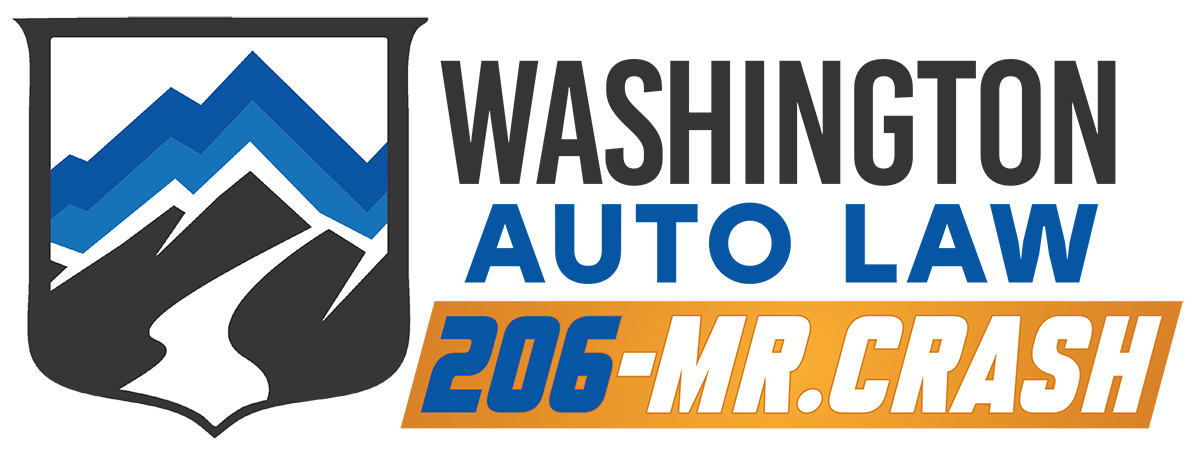Table of Contents
- The Growing Problem of Texting and Driving in Washington
- Washington State’s Laws on Texting and Driving
- The Financial Impact of Texting and Driving Accidents
- Establishing Liability in Texting and Driving Claims
- What to Do After a Texting and Driving Accident
- How an Attorney Can Help with Your Claim
- Preventing Texting and Driving Accidents
- Conclusion
Texting and driving is one of the most dangerous forms of distracted driving, and its consequences can be devastating. In Washington state, where strict laws are in place to deter this behavior, texting-related accidents continue to cause injuries, property damage, and financial hardship. Understanding the real cost of these accidents is crucial for those seeking compensation and justice.
The Growing Problem of Texting and Driving in Washington
Despite public awareness campaigns and strict state laws, texting while driving remains a common cause of accidents in Washington. According to the Washington Traffic Safety Commission (WTSC), distracted driving was involved in over 20% of fatal crashes statewide in recent years. Additionally, recent data from Forbes indicates that distracted driving accounted for 16.57% of fatal crashes in one year, ranking Washington 7th among U.S. states for such incidents.
Why Texting and Driving is So Dangerous
Texting behind the wheel is particularly hazardous because it combines three forms of distraction:
- Visual distraction: Taking your eyes off the road
- Manual distraction: Removing your hands from the wheel
- Cognitive distraction: Shifting your mental focus away from driving

Even a few seconds of inattention can lead to serious collisions. Studies from the U.S. Department of Transportation show that texting increases crash risk by 23 times, and even a brief glance at a phone can lead to serious collisions. At 55 mph, glancing at a phone for five seconds is equivalent to driving the length of a football field with your eyes closed.
Washington State’s Laws on Texting and Driving
Washington’s “Driving Under the Influence of Electronics Act” makes it illegal to:
- Hold your phone while driving, even when stopped at a traffic light
- Use social media, text, or browse the internet while driving
- Use a handheld device while driving unless calling emergency services
Violations carry fines starting at $136 for a first offense and escalating with repeat offenses, $235 on the second distracted-driving citation for all Washington drivers.
The Financial Impact of Texting and Driving Accidents
The true cost of a texting and driving accident extends far beyond initial fines. Victims of these accidents may face:
- Medical expenses: Emergency room visits, surgeries, physical therapy, and medication
- Lost wages: Missed work due to injuries or extended recovery periods
- Vehicle repairs or replacement costs
- Emotional trauma: Anxiety, PTSD, and other mental health challenges
For victims, pursuing a texting and driving accident claim in Washington is often necessary to recover these costs and secure financial stability.
Establishing Liability in Texting and Driving Claims
Proving that the at-fault driver was texting at the time of the accident is key to building a strong injury claim. Evidence that may help establish liability includes:
- Cell phone records: Showing recent text activity during the accident timeframe
- Eyewitness statements: From passengers or nearby drivers
- Traffic camera footage: Capturing the driver’s behavior
- Accident reconstruction experts: Who can analyze vehicle movement and behavior patterns
Washington’s comparative negligence laws mean that even if you were partially at fault, you may still recover compensation—though your settlement may be reduced by your percentage of responsibility.
What to Do After a Texting and Driving Accident
If you’re injured in a texting-related accident, taking the following steps can protect your rights and improve your chances of a successful claim:
- Seek Medical Attention: Prioritize your health by visiting a doctor immediately, even if injuries seem minor.
- Report the Accident: Call 911 and file a police report; ensure texting while driving is noted if suspected.
- Gather Evidence: Take photos of the accident scene, vehicle damage, and visible injuries. Collect witness contact information.
- Obtain Cell Phone Records: With legal assistance, phone records can reveal the at-fault driver’s activity.
- Contact a Personal Injury Attorney: An experienced lawyer can guide you through the legal process and help maximize your compensation.
How an Attorney Can Help with Your Claim
An experienced car accident attorney can:
- Investigate the crash thoroughly to gather strong evidence
- Negotiate with insurance companies to ensure fair compensation
- File a lawsuit if the insurance company refuses to offer a reasonable settlement
Pursuing a texting and driving accident claim in Washington can be complex, especially when dealing with medical bills, lost wages, and emotional stress. A knowledgeable attorney can simplify the process and help you recover the compensation you deserve.
Preventing Texting and Driving Accidents
While legal consequences are a deterrent, prevention remains the best solution. Safe driving habits can save lives:
- Use “Do Not Disturb” features on your phone to block notifications while driving
- Designate a passenger to handle phone calls or messages
- Pull over safely before using your phone for directions or communication
Conclusion
The cost of texting and driving accidents in Washington goes far beyond the initial fines. Victims often face serious injuries, financial hardship, and lasting emotional distress. If you or a loved one has been injured in a distracted driving accident, contact Washington Auto Law for a free consultation. Our experienced attorneys are here to help you navigate the legal process and pursue the compensation you deserve. know what steps to take if an accident occurs. Staying informed and prepared can make all the difference in protecting yourself and your family on Washington’s roads.
